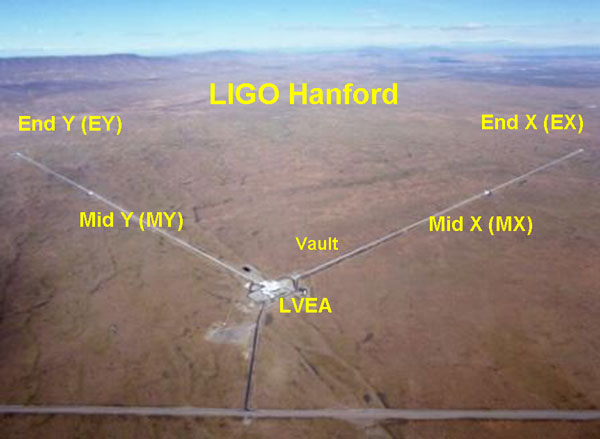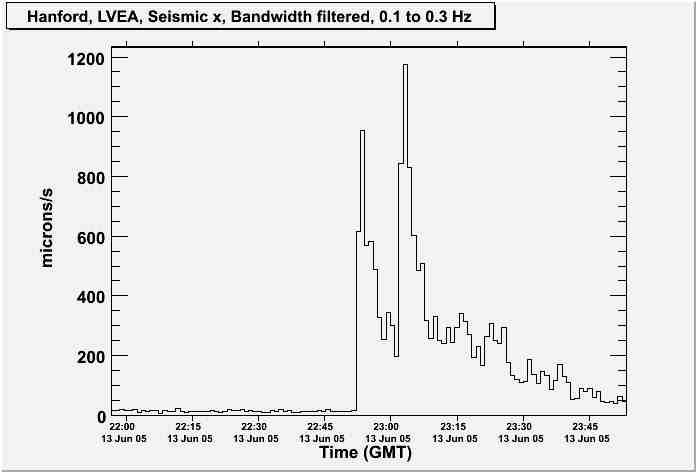LIGO e-Lab workshop at Purdue
June 28-29, 2016
Small URL for this page: http://tiny.cc/ligo2016p.
Objectives
Participating teachers will be able to use the LIGO e-Lab to:
- Plot and interpret data recorded by LIGO seismic instruments
- Explain the importance of LIGO seismic data in gravitiational wave search
- Use LIGO seismic data to demonstrate classical physics concepts.
Agenda
Times and specific activities are subject to adjustment.
Monday June 2809:00 Coffee, Registration 09:15 Introduction
09:45 Break 10:00 Gravitational Waves presentation 11:00 Interferometer activity 12:00 Lunch 13:00 Videos: 13:30 Exploration of LIGO e-Lab:
14:30 Break 14:45 Search and analyze in data:
16:30 End of Day
|
Tuesday June 2909:00 Coffee/Reflection
09:15 Begin resreach
10:30 Break 10:45 Continue research 11:30 Create posters 12:00 Lunch 13:00 Poster presentations 14:00 LIGO Hanford Virtual Visit 14:30 Break 14:45 Implementation discussion 15:15 Reflection 15:30 Evaluation 16:00 End of workshop |
Resources |
Contacts |


